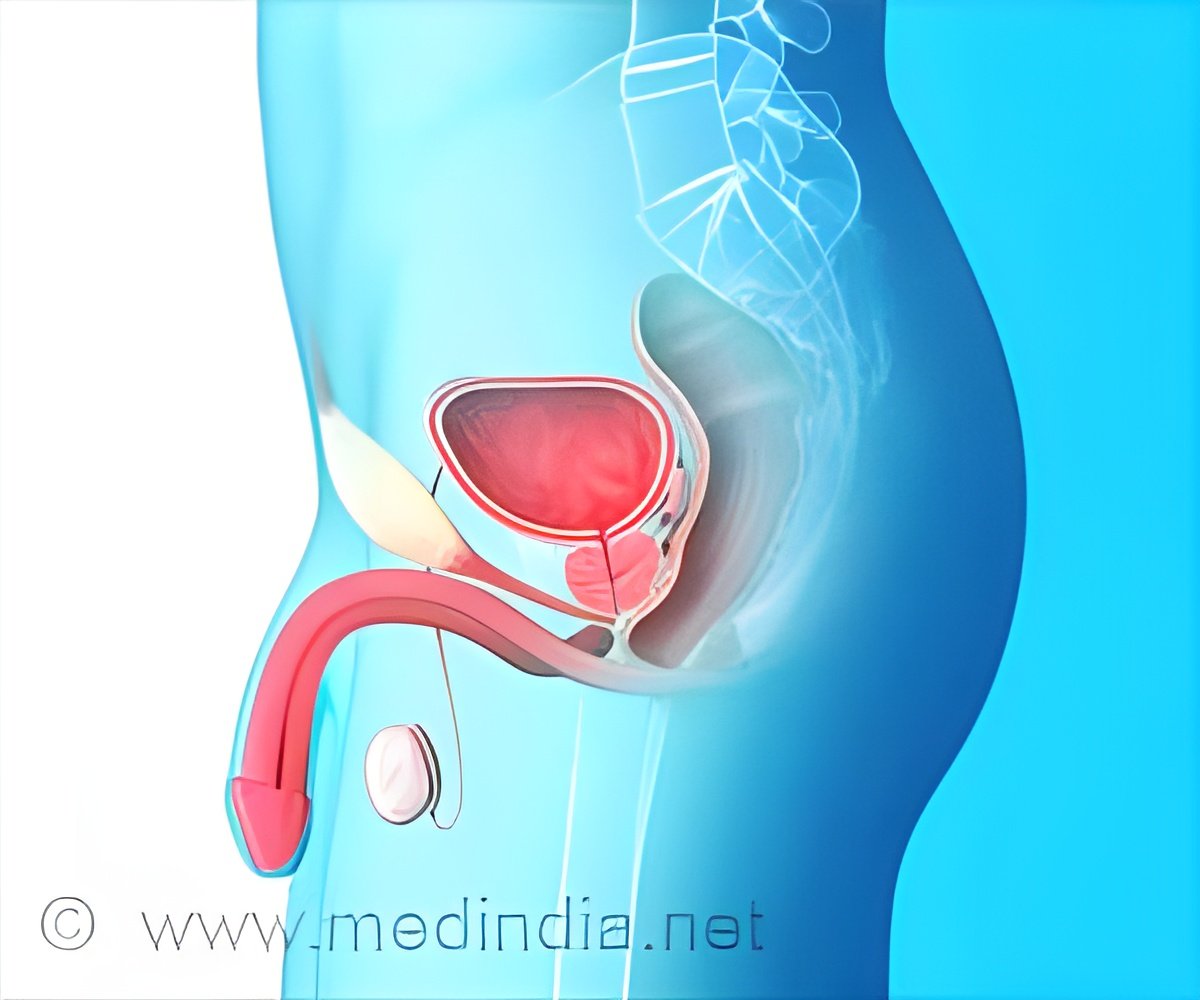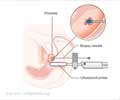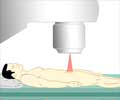Targeted treatment combinations offers potential options for men with progressive prostate cancer
New therapy combining two targeted treatments helps to maximize efficacy apart from decreasing the incidence of side effects in patients with prostate cancer, according to the research presented at the Society of Nuclear Medicine and Molecular Imaging (SNMMI) 2019 Annual Meeting.
Prostate cancer is the most commonly diagnosed cancer among men in the United States, other than skin cancer. According to the American Cancer Society, approximately 175,000 new cases of prostate cancer are diagnosed and more than 31,500 men die from the disease annually in the United States.
TOP INSIGHT
Treatment with 177Lu PSMA 617 and tumor-specific radiation sensitizer idronoxil could help patients with metastatic deadly castrate resistant prostate cancer by decreasing the levels of PSA and side effects.
Read More..
Although there have been great treatment advances, metastatic castrate resistant prostate cancer (mCRPC) remains a deadly disease. Trials with the targeted radionuclide therapy 177Lu PSMA 617 have proven safe and effective in some men; however, not all respond to treatment, and responses may be limited in duration. To build upon these trials, researchers paired 177Lu PSMA 617 with the tumor-specific radiation sensitizer idronoxil (NOX66) to assess responses in patients with heavily treated mCRPC.
The phase I/II trial enrolled 16 men with progressing mCRPC, despite previous treatments. All men received up to six doses of 177Lu PSMA 617 at six-week intervals. Half the patients (cohort 1) received additional treatment of 400mg NOX66 daily for ten days. Following a safety data review, the remaining patients (cohort 2) received additional treatment of 800mg NOX66 daily.
Researchers found that nearly 70 percent of all patients saw a more than 50 percent reduction in their PSA levels (62.5 percent in cohort 1 and 75 percent in cohort 2) after the combination treatment. Furthermore, adverse side effects, such as fatigue and pneumonitis, were reported in 31 percent of all patients (37.5 percent in cohort 1 and 12.5 percent in cohort 2).
"The initial results of this phase I dose escalation study show that the combination targeted treatments were well tolerated together, with no increase in toxicity from 177Lu PSMA 617, and an apparent high efficacy in men who have already had extensive treatments," said Louise Emmett, MD, associate professor at the University of New South Wales in Sydney, Australia.
She continued, "We are now in a dose expansion phase II stage to further evaluate toxicity and efficacy. This raises the very important possibilities of combining tumor-targeted therapeutic agents to gain synergistic treatment effects without an increase in side effects."
Abstract 465. "Interim Results of a Phase I/II Prospective Dose Escalation Trial Evaluating Safety and Efficacy of Combination 177Lu PSMA 617 and NOX66 in Men with mCRPC Post Androgen Signalling Inhibition and 2 Lines of Taxane Chemotherapy (LuPIN Trial)," Louise Emmett, MD, Megan Crumbaker, MBChb, Andrew Nygen, Bao Ho, MBChB, Charlotte Yin, MBChB, Noah Isheish MBBS, Shikha Sharma, and Anthony M. Joshua, PhD, 390 Victoria St., St. Vincent's Hospital, Sydney, Australia; Arun Azad, PhD, Oncology, Monash University, Melbourne, Australia; and John Violet, John Violet, Radiation Oncology, Peter MacCallum Cancer Centre, Melbourne, Australia. SNMMI's 66TH Annual Meeting, June 22-25, 2019, Anaheim, CA.
Source-Eurekalert

 MEDINDIA
MEDINDIA

 Email
Email




![Prostate Specific Antigen [PSA] Prostate Specific Antigen [PSA]](https://www.medindia.net/images/common/patientinfo/120_100/prostate-specific-antigen.jpg)




